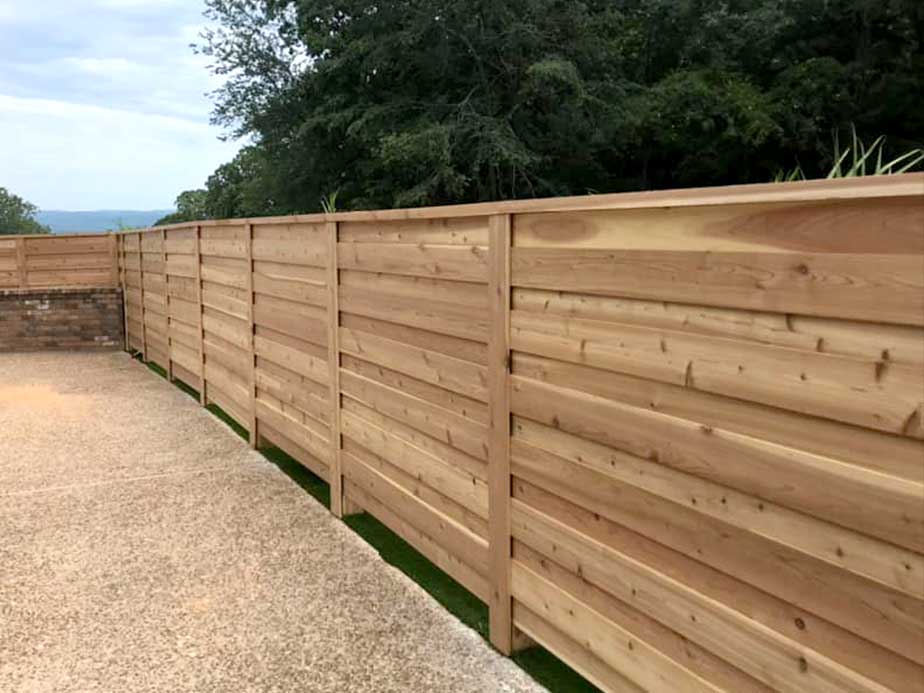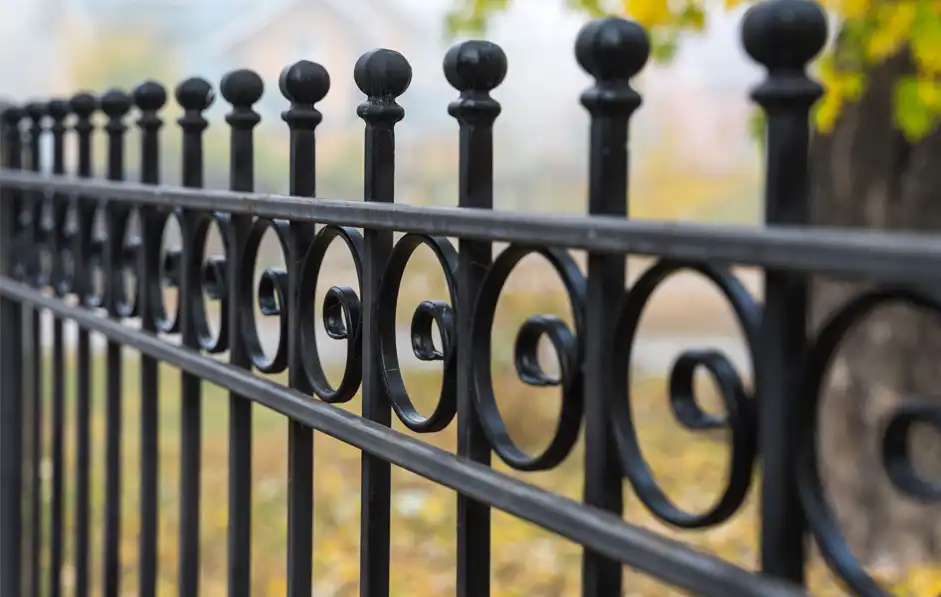All Categories
Featured

When preparing a brand-new fencing for your residential property, it's very easy to concentrate on the standard prices-- materials, installation, and labor. Below's a guide to some of the most usual covert costs to think about when budgeting for your secure fencing task.
- Permit Costs and Legal Requirements. Before you start digging, it is very important to inspect if your location calls for a license to set up a fence. Numerous districts have zoning legislations that control fencing height, product, and placement, specifically if you're developing near a building line or in a neighborhood with a Property owners' Association (HOA) These regulations ensure the fence satisfies local requirements, but they also come with connected prices.
Cost variety: $50 to $500, relying on your area and the intricacy of your task. 2. Fence Elimination and Disposal. , if you're replacing an existing fence, elimination and disposal of the old structure is an added expense that can easily be neglected.. Fencing elimination commonly involves taking apart the old fencing, hauling away the materials, and taking care of them effectively. Disposal fees can vary, especially if the old materials need special handling, such as cured timber or steel.

Expense array: $2 to $10 per straight foot for removal and disposal, depending upon the materials. 3. Land Preparation and Excavation. A perfectly level setup website is not constantly ensured. If the land where your fencing is being installed is unequal, rocky, or covered in vegetation, it may require to be gotten rid of or leveled first. Grading or excavation expenses can include to your overall project costs, particularly if you're installing articles in hard-to-dig soil. Inclines or compressed soil might need specialized devices and even more labor.
Price array: $300 to $2,000, depending on the site's condition. 4. Utility Line Recognition and Modifications. Prior to digging, it's vital to guarantee that no below ground energies, like water, gas, or electric lines, will certainly be interrupted during the setup. The majority of service providers will contact utility business to note these lines, yet there can be extra costs if changes are needed to stay clear of damaging existing facilities.
Expense array: $100 to $500, depending on whether changes are required. 5. Custom-made Features and Upgrades. While your basic fencing may be composed of typical materials, you may intend to include custom-made attributes like gates, decorative panels, or integrated lights. Automatic gates or safety and security systems are especially costly and need professional installment. Adding these additionals enhances the total expense of your fence, so make sure to factor them right into your budget plan.

Expense array: $100 to $1,500+ for attributes or entrances, relying on size and intricacy. 6. Distribution and Transportation Prices. Depending on where your materials are sourced, you might be charged a different delivery charge for moving the fencing products to your building. This is specifically typical with hefty or big orders, such as timber panels or metal fence. Distribution costs can likewise differ based on the range between the supplier and your place.
Expense array: $50 to $300 for distribution, depending on range and the amount of products. 7. Maintenance Expenses With Time. Many kinds of fences, specifically timber fences, require ongoing maintenance to remain in good condition. Normal tasks like staining, sealing, and cleaning will certainly aid prolong the life of your fencing. Some products, such as vinyl or metal, may be more low-maintenance but can still incur expenses for fixings or replacements if harmed.
Yearly expense range: $50 to $300 for upkeep, depending on material and environment. 8. Climate Hold-ups. Nature does not constantly coordinate with your timeline. If your setup is delayed by poor weather, such as rainfall or severe warmth, you might encounter extra labor costs if employees need to go back to finish the project at a later time. Delays can additionally prolong the job timeline, pushing back when the fencing is prepared for usage.
Expense array: Variable, depending on how much time the hold-up lasts. 9. Residential Or Commercial Property Line Disputes. Setting up a fencing near your residential or commercial property line can sometimes cause disagreements with neighbors. If your boundary is unclear, it may be required to work with an expert surveyor to verify the residential or commercial property line before installment. This added step guarantees you won't mistakenly intrude on your next-door neighbor's land, yet it comes with included expenses.
Price range: $400 to $1,000 for a building study, depending upon your location. 10. Dirt and Ground Conditions. Certain dirt types can provide obstacles throughout setup. If your residential or commercial property has rocky, compressed, or clay-based dirt, digging openings for blog posts can be a lot more challenging, needing customized equipment or even more time to complete. Harder ground conditions could additionally demand making use of other or concrete reinforcing products for added security.
Price array: $100 to $500 for devices or added labor. Verdict. When budgeting for a new fencing, it is necessary to remember that the preliminary rate may not be the only expense you'll run into. Permits, site preparation, old fencing elimination, utility changes, and custom-made functions can all add up. Additionally, ongoing maintenance and the possibility of weather hold-ups or residential property line concerns should be thought about when approximating your complete budget. By representing these concealed prices, you can guarantee that your fence job remains within spending plan and is finished without unanticipated monetary surprises.
Latest Posts
Get Customized Fencing Services You Can Trust
Published Feb 23, 25
1 min read
Chicago's # 1 Automobile Service Center-- Rapid & Affordable Solution!
Published Feb 23, 25
1 min read
Your Source for Fencing Excellence in Design and Installation
Published Feb 22, 25
1 min read